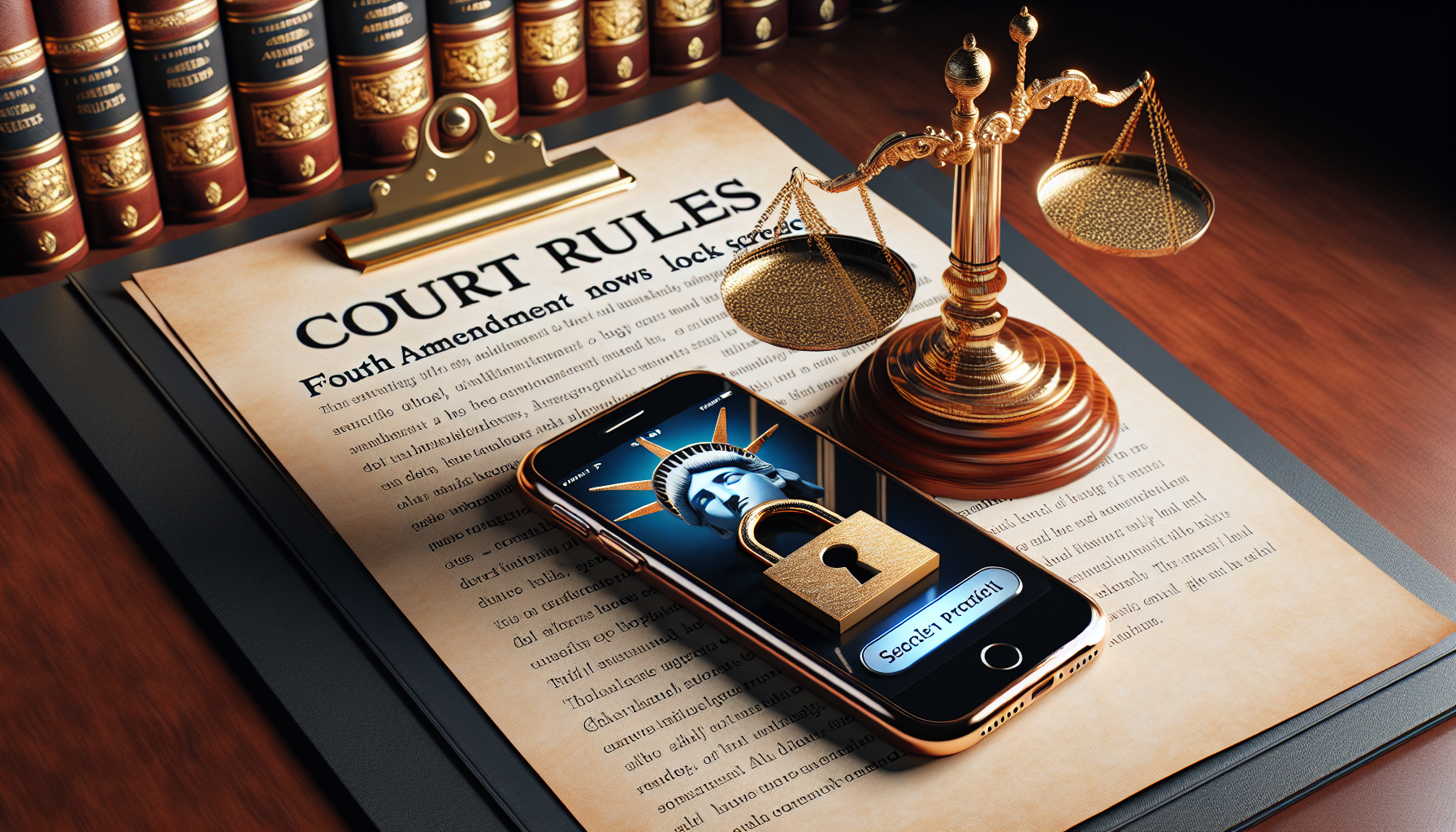Quick Read
- A judge in Seattle determined that federal authorities must obtain a warrant to view a suspect’s phone lock screen. This decision builds on the Supreme Court’s 2018 ruling which declared that a warrant is required to access evidence on a suspect’s phone.
- This case pertained to Joseph Sam, a resident of Washington state, who faced charges of robbery and assault. Law enforcement officers accessed his phone’s lock screen without obtaining a warrant, and this information was subsequently used as evidence against him.
- The court determined that accessing a lock screen constitutes searching a “constitutionally protected” property under the Fourth Amendment.
- This situation acts as a reminder for people to properly handle notifications and messages that can show up on their lock screen.
Historic Decision Broadens Digital Privacy Regulations

Building on a 2018 Supreme Court decision, a Seattle judge recently ruled that federal authorities must secure a warrant to access a suspect’s phone information, including location data, contact details, and even to simply view the lock screen.
Case Summary: Securing Lock Screens
This decision stemmed from a case involving Joseph Sam, a resident of Washington state who faced charges for robbery and assault. Sam argued that an officer unlawfully accessed the lock screen of his Motorola smartphone during his arrest. The lock screen showed the name “Streezy,” which was subsequently used as evidence against Sam.
The court determined that, although the officers asserted they were merely attempting to identify the phone’s make and model, accessing Sam’s lock screen amounted to a search of “constitutionally protected” property. This action represents a breach of the Fourth Amendment in the absence of a warrant.
Potential Consequences of the Decision on Subsequent Cases
This ruling establishes a new legal precedent, confirming that examining a suspect’s lock screen without obtaining a warrant is unconstitutional. This is unexpected given the amount of potentially incriminating notifications and messages that may appear on a lock screen. It underscores the importance for individuals to be vigilant about their phone notifications.
Summary
This recent ruling builds on the Supreme Court’s 2018 decision that a warrant is necessary to access information on a suspect’s phone. The court ruled in favor of Joseph Sam, determining that viewing his phone’s lock screen without a warrant was unconstitutional. This case highlights the significance of digital privacy and reminds individuals to manage their phone notifications diligently.
Questions & Answers
Q: What was the Supreme Court’s decision on phone privacy in 2018?
The 2018 Supreme Court decision determined that in most cases, accessing evidence on a suspect’s phone requires a warrant.
Can you provide more context or details about the recent case involving Joseph Sam?
A: At the time of his arrest, a police officer viewed the lock screen on Sam’s phone without obtaining a warrant. The name shown on the lock screen was subsequently used as evidence against him. The court deemed this action unconstitutional under the Fourth Amendment.
What are the implications of this case for digital privacy?
This ruling establishes a legal precedent that accessing a suspect’s lock screen without obtaining a warrant is unconstitutional, thus broadening digital privacy protections.
What importance does this case hold for phone users?
This situation highlights the significance of handling alerts and messages displayed on the lock screen, given that they could potentially serve as evidence.
Source: gizmodo.com
